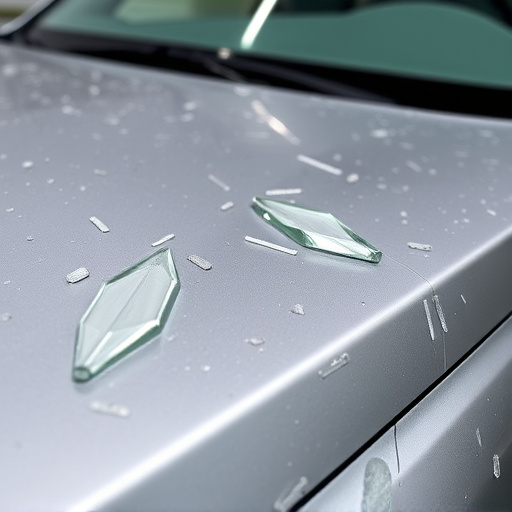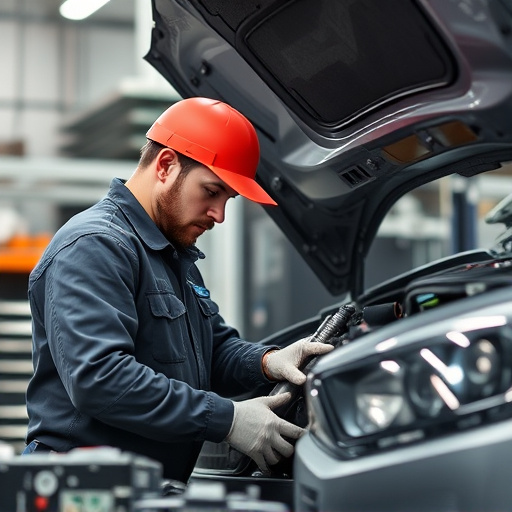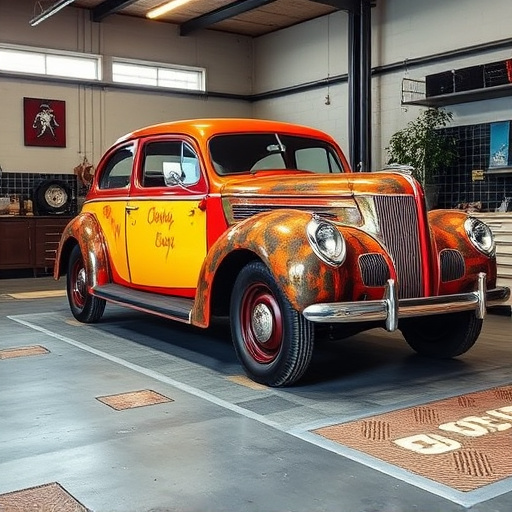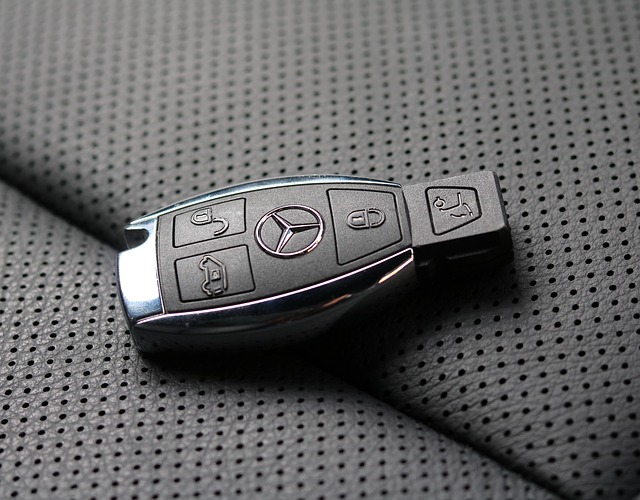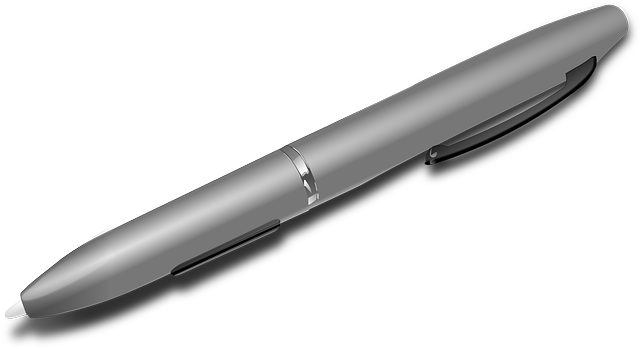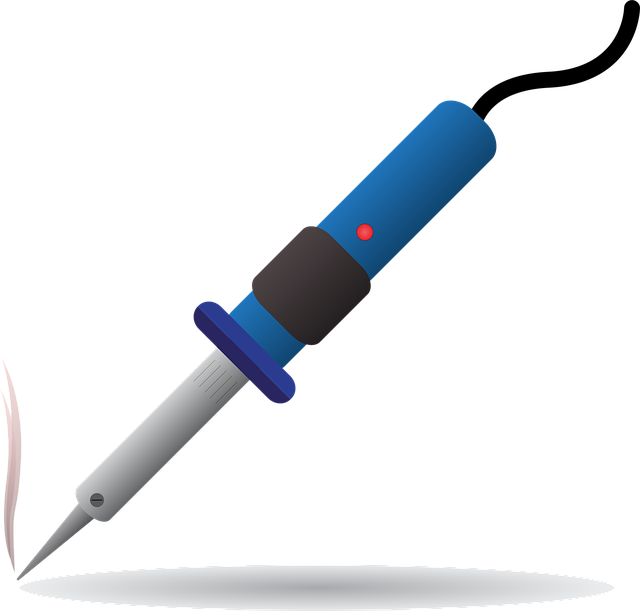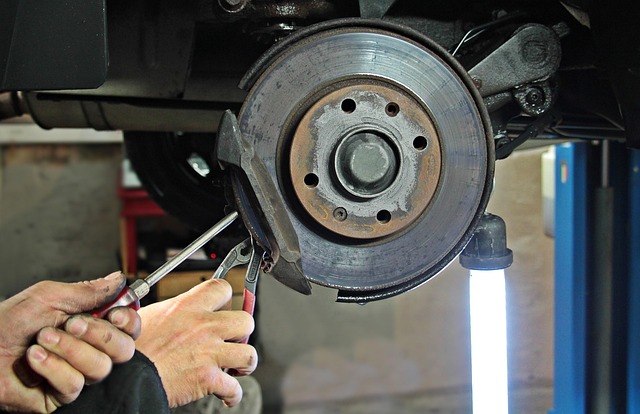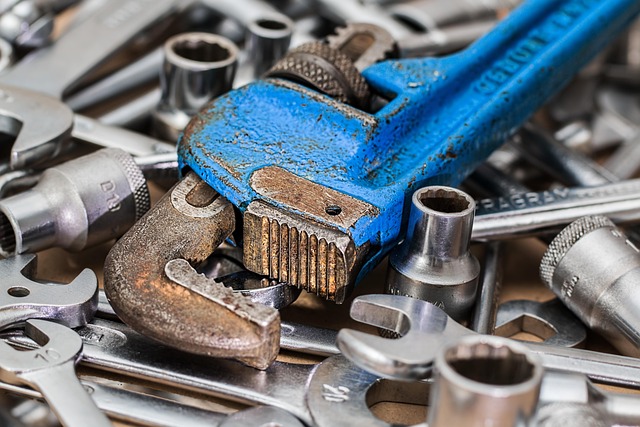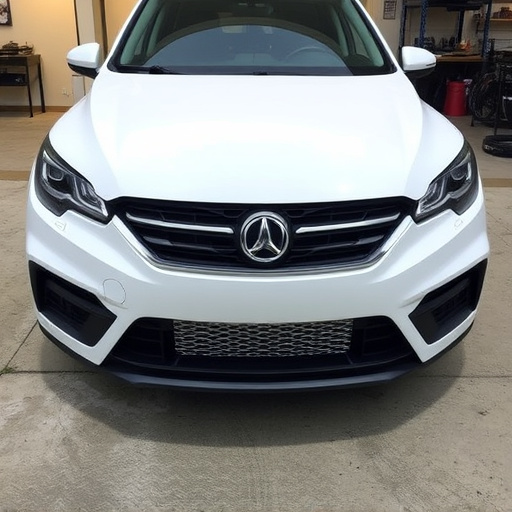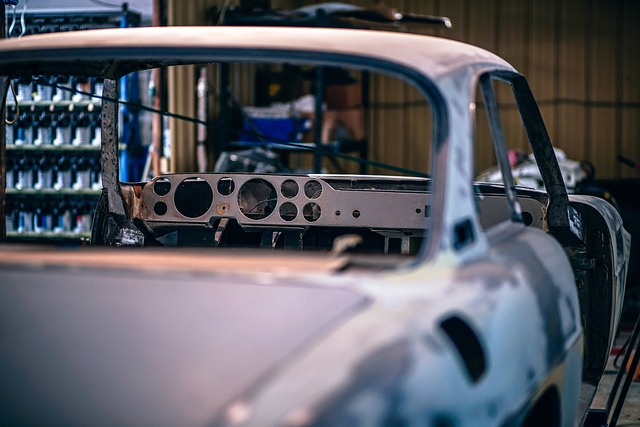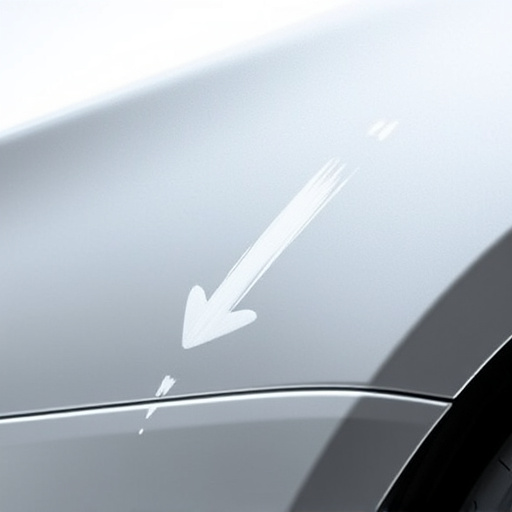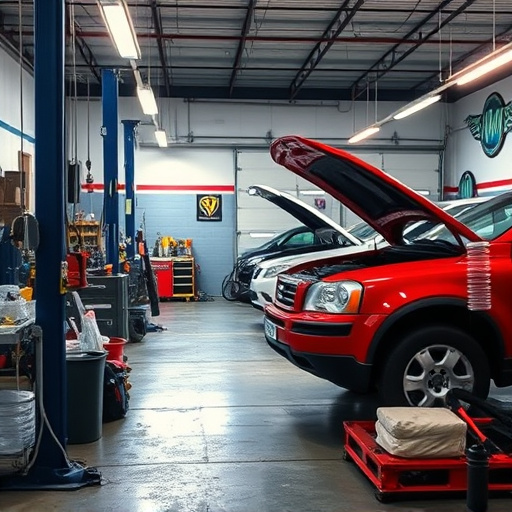Auto body repair pricing varies based on damage complexity, location, shop size/reputation, and specialized services. Urban shops with higher costs may charge more than rural ones, while advanced equipment justifies premium rates for specialized facilities. Labor rates differ by technician training and experience, and complex repairs are generally pricier. Competitive pricing involves offering packages, transparent itemized lists, analyzing competitors, adjusting prices, promoting discounts, ensuring high-quality work, and fostering customer trust and satisfaction.
“Unraveling the mystery behind varying auto body repair pricing is essential for consumers looking to make informed choices. This article guides you through the factors that significantly influence cost estimates at different repair shops. From labor rates to part types and shop specialties, these variables play a pivotal role in pricing dynamics. By understanding these intricacies, car owners can navigate the market effectively and secure competitive auto body repair pricing. Explore strategies to ensure you get the best value for your vehicle’s restoration needs.”
- Factors Influencing Auto Body Repair Pricing
- Understanding Cost Variations Between Shops
- Strategies to Get Competitive Pricing
Factors Influencing Auto Body Repair Pricing
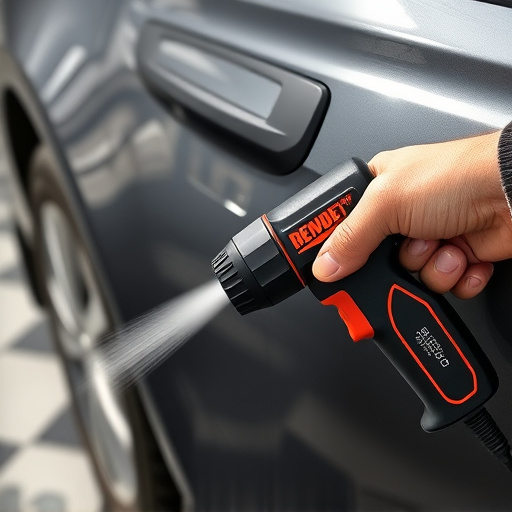
The auto body repair pricing varies widely between shops due to several factors. One key influence is the complexity and extent of the damage being repaired. A simple car dent removal might cost less than a fender bender repair, which can be significantly more labor-intensive and require specialized parts. Additionally, the geographical location of the shop plays a role; cities with higher living costs often charge premium prices for auto body repairs.
Another significant factor is the size and reputation of the repair shop. Larger shops with established reputations might command higher rates due to their investments in advanced equipment, trained technicians, and comprehensive services that extend beyond basic car dent removal to include fleet repair services for commercial vehicle fleets. Furthermore, specialized services like paintless dent repair or intricate metalwork can significantly impact auto body repair pricing within a given region.
Understanding Cost Variations Between Shops
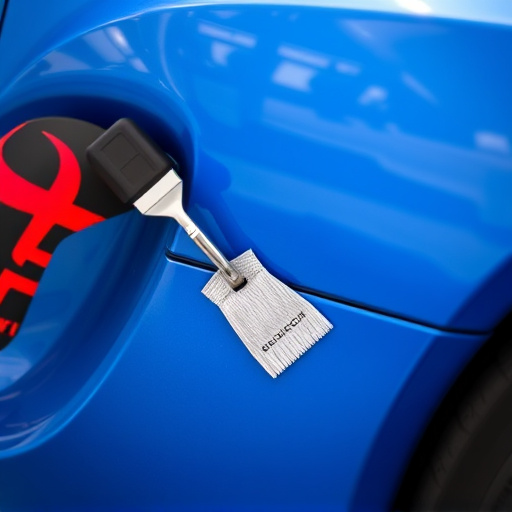
When comparing auto body repair pricing between different auto body shops or auto repair shops, it’s crucial to understand that variations exist for several reasons. The cost of materials, labor rates, equipment, and even location can significantly impact the final price a customer pays. For instance, a car restoration shop in a major metropolitan area might charge higher prices due to increased operational costs compared to a smaller, rural auto body shop. Similarly, shops with state-of-the-art facilities and specialized equipment may account for those expenses in their pricing structures.
Labor rates vary across shops due to differences in training, experience, and the number of technicians on staff. Some auto body repair shops might offer more competitive pricing by employing a leaner workforce or by utilizing advanced technologies to streamline the repair process. Additionally, the complexity of the repair job itself plays a role; minor dents and dings will generally cost less than extensive panel work or intricate paint jobs. Customers should also be aware that some shops may offer packages or discounts for certain services, while others maintain transparent, itemized pricing lists.
Strategies to Get Competitive Pricing
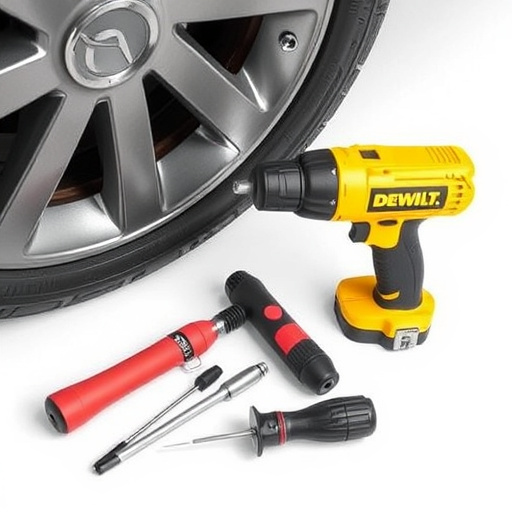
Staying competitive in the auto body repair industry requires a strategic approach to pricing. One effective strategy is to offer package deals or bundles for various services, such as paint jobs, dent removal, and car restoration. This not only attracts customers but also ensures that the shop’s services are perceived as valuable. Additionally, providing transparent pricing with detailed breakdowns can build trust and allow customers to compare costs easily.
Another powerful tactic is to continuously analyze competitors’ pricing strategies. By staying informed about market rates for collision repair services, shops can adjust their prices accordingly while maintaining profitability. Offering discounts or promotions during off-peak hours or seasons can also attract more clients. Moreover, focusing on delivering high-quality work and excellent customer service will naturally support competitive pricing, as satisfied customers are more likely to return and recommend the shop to others.
Auto body repair pricing can vary significantly between shops due to a range of factors, from labor rates and part costs to shop location and specialization. Understanding these variations is key to making informed decisions when choosing a repair facility. By comparing prices, reviewing estimates thoroughly, and considering strategies like negotiating or seeking second opinions, consumers can secure competitive auto body repair pricing that aligns with their budget and needs.
